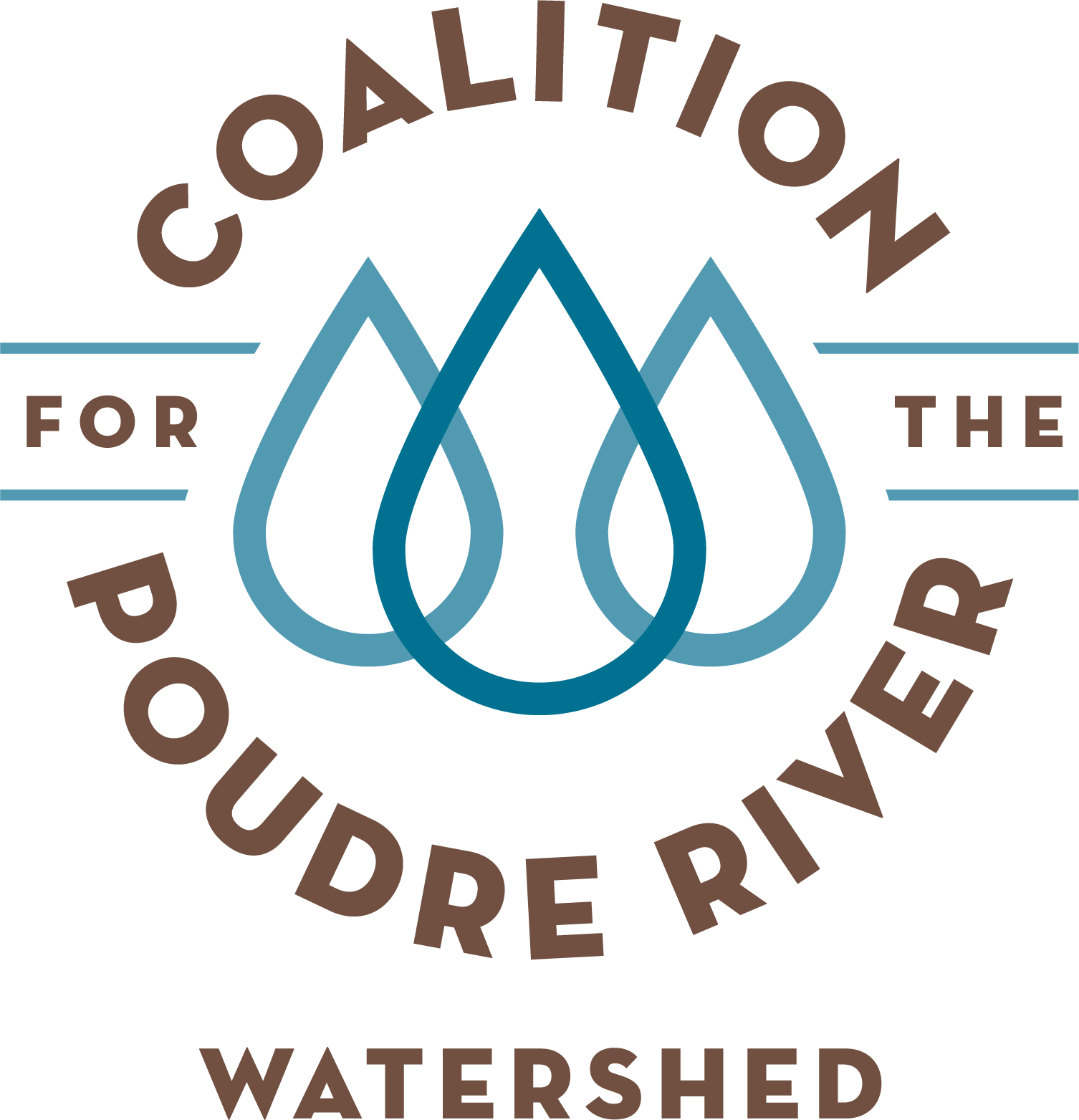Watershed Resilience
Watershed resilience became a hot topic following the 2012 wildfires and 2013 flood in Colorado. The term resilience is defined as "the ability to recover quickly following a disturbance." When our watersheds are more resilient, they are better prepared to rebound following future floods and fires.
Our watershed resiliency work is multi-disciplinary in nature and is based on work from a variety of fields of science including ecology, hydrology and geomorphology. Our strategy is to reduce the risk of high severity wildfire, reduce flooding risk, and improve habitat and river corridor function.
Resilience Plans
Funding from the Community Development Block Grant - Disaster Recovery Program administered by the Colorado Department of Local Affairs allowed us to complete both our Upper and Lower Poudre River Resiliency Plans.
Ways to Improve Watershed Resilience
Increase floodplain function
Improve sediment transport throughout the river system
Reduce risk of high severity wildfire via thinning trees, pile burning and prescribed (broadcast) fire
Improve/increase riparian corridor habitat
Consider project areas that will protect important infrastructure and protect water quality (communities, roads/bridges, water supply)
Pile burning at the Scout Ranch for our Elkhorn Creek Forest Health Initiative partner project.


